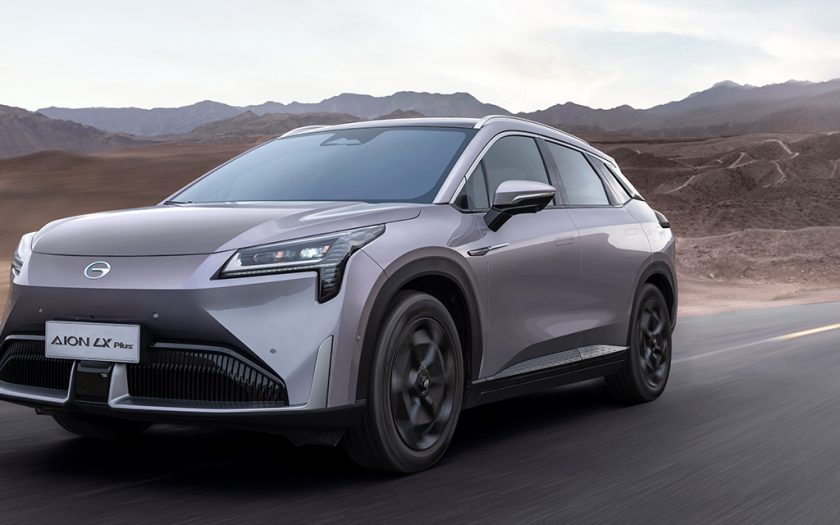MANY YEARS AGO, WE were invited to by Mercedes-Benz to a presentation in Melbourne and a test drive of a vehicle they were demonstrating all around the world. It was powered by hydrogen; revolutionary then, less so today.
However, one of the comments by the M-B boffins at the time was they were not convinced that electricity, or hydrogen were necessarily the fuel of the future for cars to come. In fact, the comment was made that they suspected the fuel of the future was something that hadn’t then been even thought of.
Now, it appears, they may have been right.
Guangzhou Automobile Group (GAC) says it has developed the world’s first car engine to run on ammonia (NH3). GAC suggests that this may be the answer to reducing global CO2 emissions. The NH3 engine is one of several key industry firsts claimed by GAC and currently being assessed for production by its in-house R&D team.
GAC’s engine is a 2-litre four-cylinder unit which they claim can achieve “reliable fuel ignition with 120kW of power” and a 90 percent reduction in carbon dioxide emissions compared to a petrol engine of similar capacity.
“We have overcome the pain point of ammonia being difficult to burn quickly and put the fuel to use in the passenger car industry,” said a GAC R&D spokesman. “Its value to society and for commercial uses is worth anticipating.”

GAC isn’t hanging about. The engine was unveiled alongside other technologies that included a flying car, and a hybrid hydrogen-powered people mover developed with technical partner Toyota.
The problem with ammonia as a fuel is its low flammability and high nitrogen oxide (NO) emissions. Several commercial projects using ammonia as an alternative fuel are already underway, most notably in the heavy road transport and shipping industries. Mitsubishi Shipbuilding, for example, has already completed it fuel supply network for marine engines, while a New York-based energy start-up is reported to be working on a rival system that concerts ammonia to hydrogen before using it within a fuel cell that, in turn, powers a vehicle.
Like hydrogen, however, ammonia is difficult to handle. It is a colourless, highly irritating gas which produces a distinctive sharp odour. One of its advantages is that it is easily compressed to form a clean, colourless liquid under pressure.
GAC, a Chinese state-owned vehicle manufacturer, offers its own electric vehicle brand, Aion, third only to BYD and Tesla in sales of EVs.
